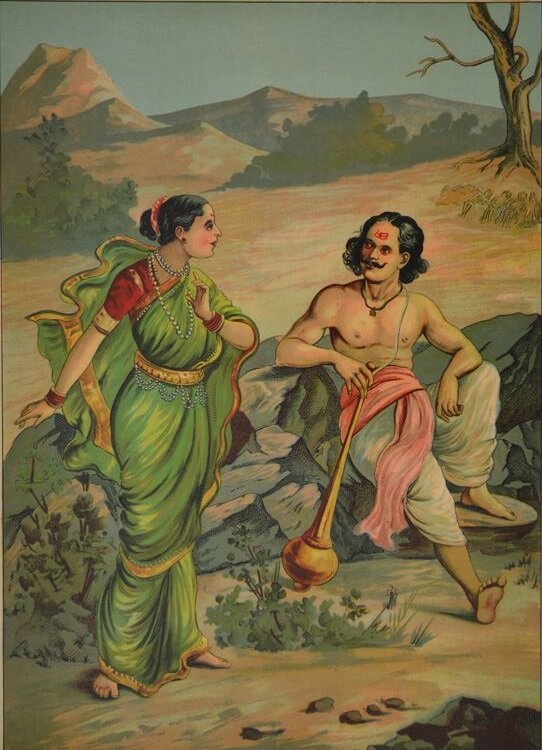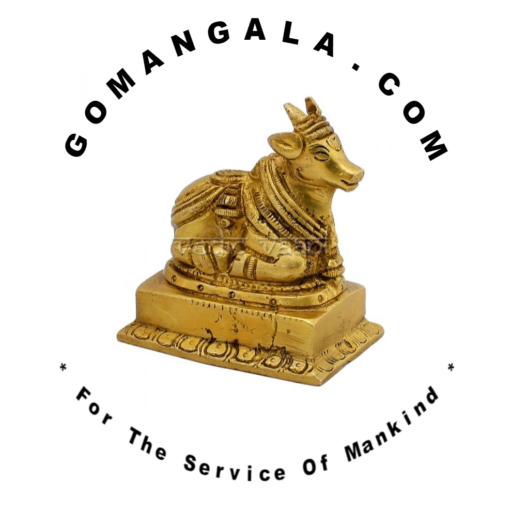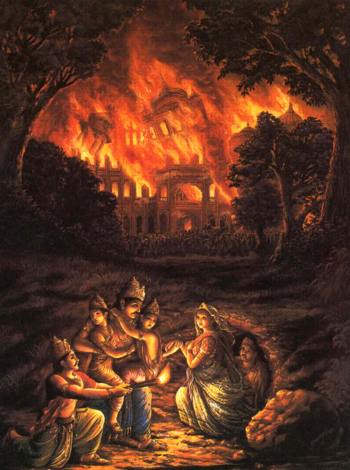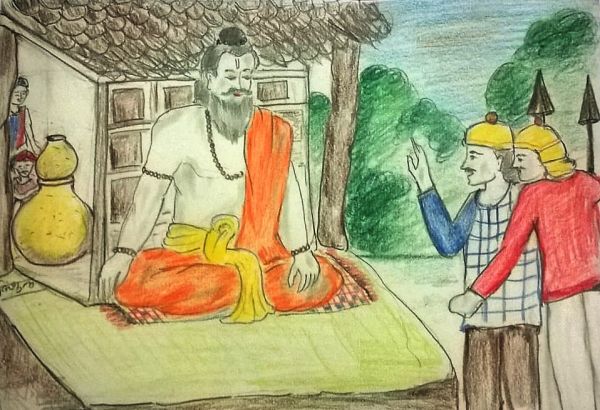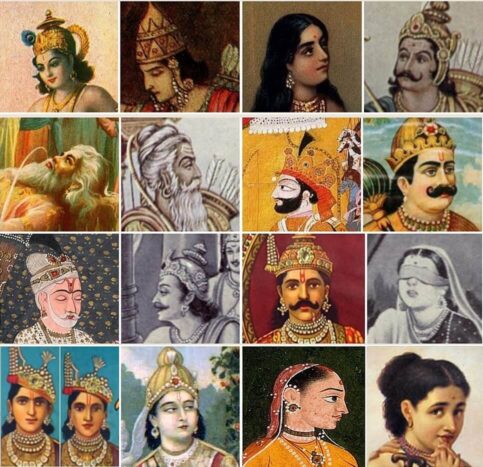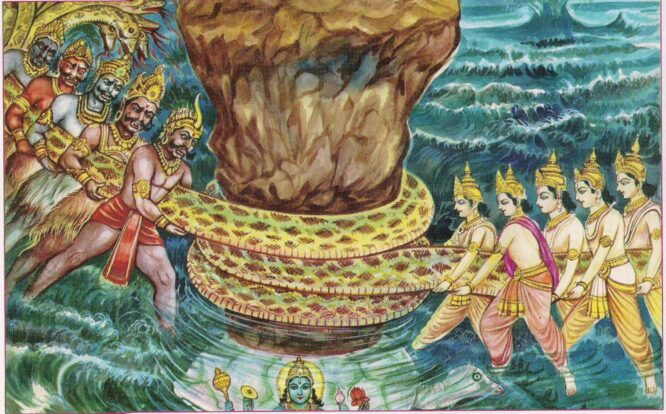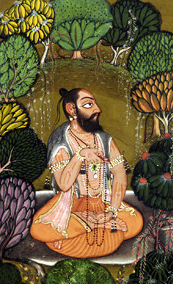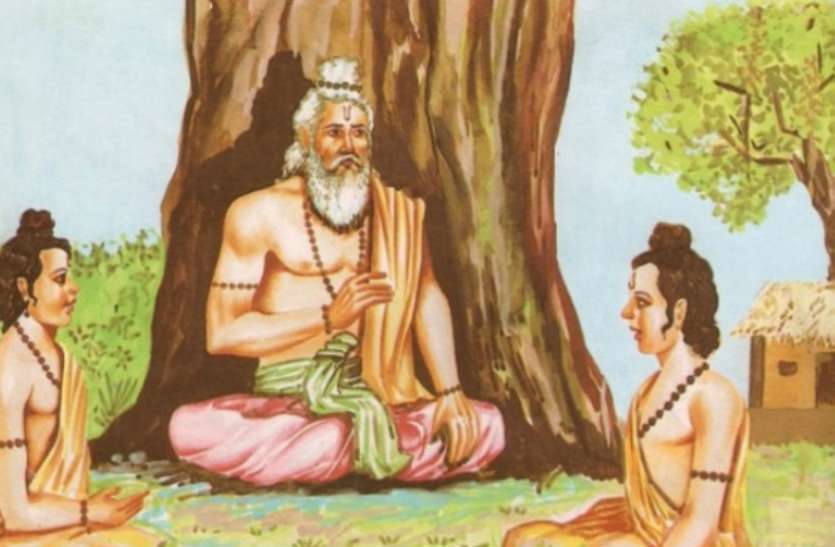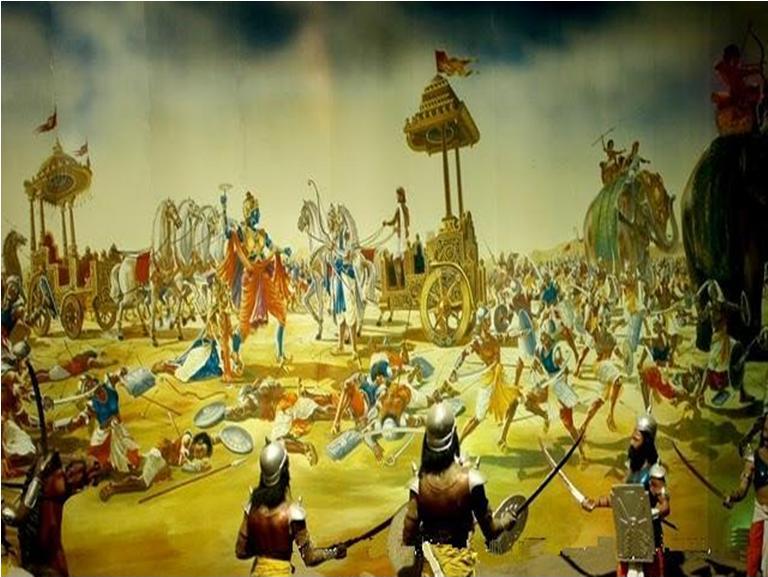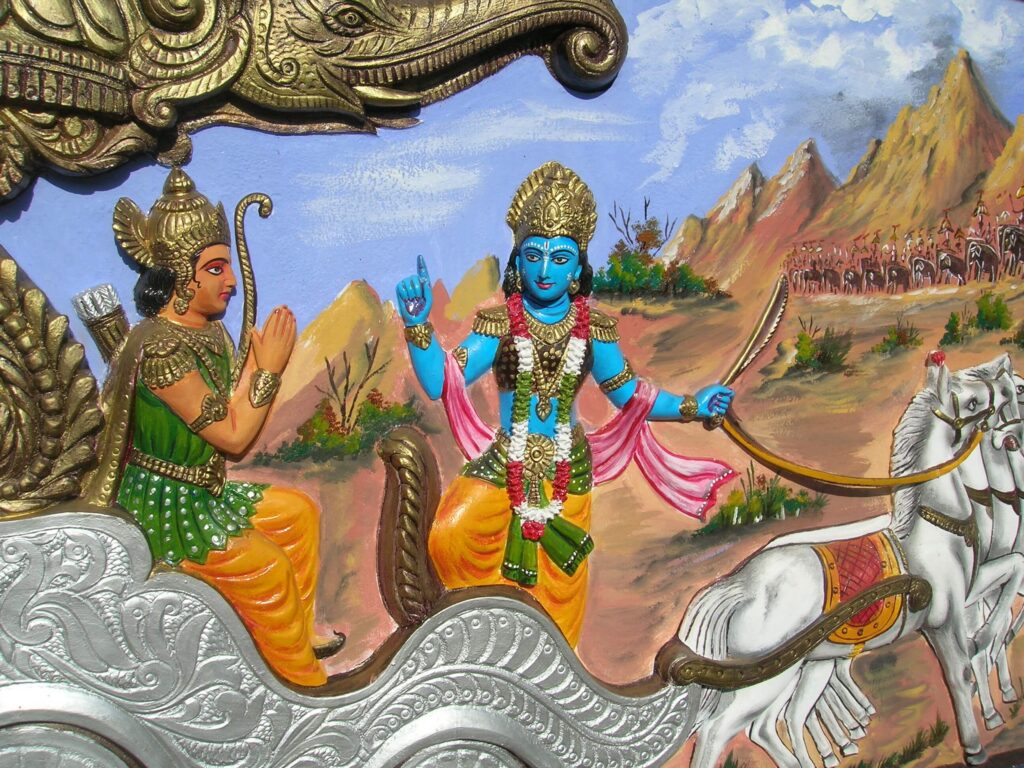Ninth upa parva in the epic Mahabharat is the Hidimba Vadha Parva, under the first mahaparva named as Adi parva . All the five Pandava brothers saved their lives, since they had obediently followed the instructions and advices of their mother. Vidura started thinking, regarding the moral lessons, actually shown by Purochana by getting his own end of life, in the burnt lac home. After eating good food received from Kunti, the other unknown five forest brothers, the sons of the lady servant, due to greed or over temptation, had consumed the alcohol, and died there. Vidura himself confirmed the idea, as uncontrolled consuming of alcohol would always bring adverse end to the human life.
